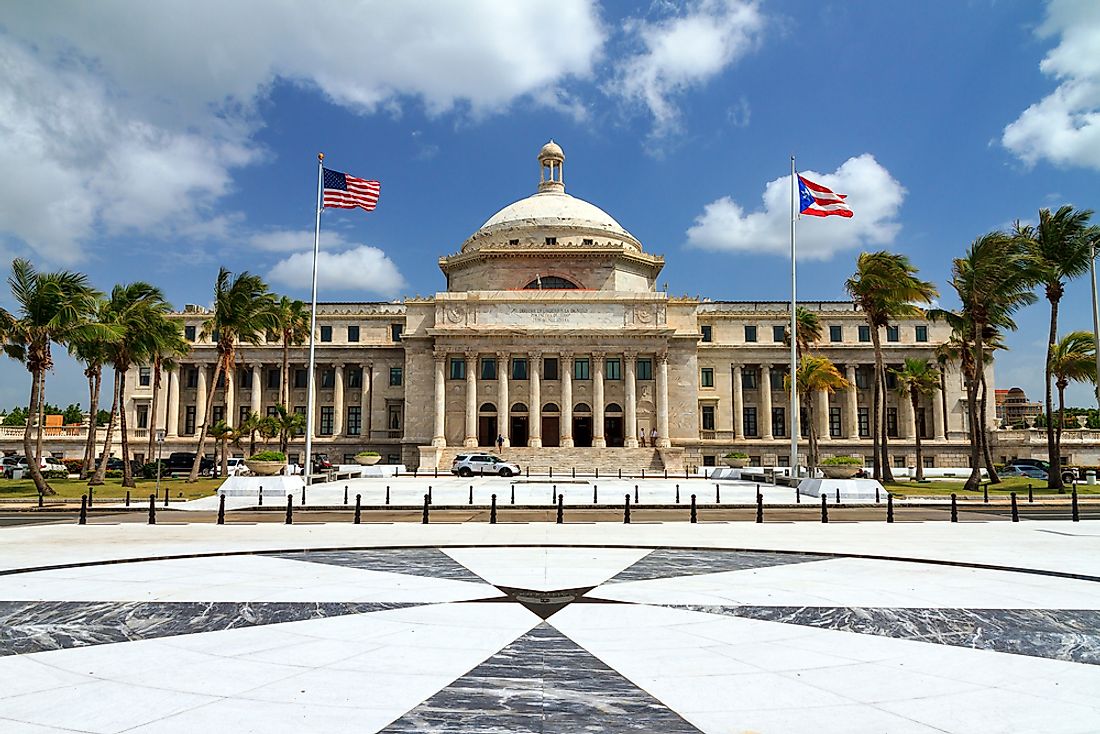What Type Of Government Does Puerto Rico Have?

Puerto Rico is a territory of the United States. Puerto Rico has a republican government, with separation of powers, and is subject to the sovereignty and jurisdiction of the US. It controls its own internal affairs, but the US reserves authority over matters of foreign relations, interstate trade, customs administration, immigration and emigration, citizenship, military service, currency, navy, air force and army, declaration of war, jurisdiction, et cetera. While the chief of state is the US president, the head of the government is headed by Puerto Rico’s elected governor. Puerto Rico has a bicameral parliamentary system comprised of the Senate and the Chamber of Representatives. The powers of its government are delegated to the US Congress and are not fully protected by the US constitution. The government comprises of 3 branches, the legislature, the executive, and the judiciary.
History Of The Government Of Puerto Rico
Spain ceded Puerto Rico to the jurisdiction of the US at the signing of the Treaty of Paris in 1898 after the Spanish-American war. After being authorized by the US government, Puerto Rico drafted and enacted its own constitution in 1950, and was ratified by the voters in 1952.
The Executive Branch Of The Government Of Puerto Rico
The head of the government in Puerto Rico is the governor, who is elected for a 4-year term, with no term limits. The governor nominates heads of agencies, trial judges, and appellate judges, justices of the Supreme Court, and directors of public corporations. In the governor’s absence, the Secretary of State acts as governor. The governor nominates all cabinet members, after which they are presented to Puerto Rico’s Senate for approval, which if forthcoming they are sworn in. The governor delegates daily administration and enforcement of laws to sixteen executive departments. The heads of these departments comprise the governor’s cabinet and have the title of cabinet secretaries.
The Legislative Branch Of The Government Of Puerto Rico
Puerto Rico’s legislature comprises two houses the Senate and the Chamber of Representatives; with the Senate having 27 members, and the Chamber of Representatives 51 members. The Senate is presided over by the President of the Senate, and the Chamber of Representatives by the Speaker of the House. Members of both chambers are elected every 4 years in general elections. Except where it is unambiguously stated, Puerto Rico is subject to all laws of the US government, a situation that occasionally leads to problems of jurisdiction.
The Judiciary
Puerto Rico’s judiciary comprises of the Supreme Court, the Court of Appeals, and the Court of First Instance which consists the Superior Courts and the Municipal Courts. The Supreme Court comprises of seven judges, including the chief justice and six associate justices. These seven judges are all appointees of the Governor. In addition, Puerto Rico has district courts, which are comparable to the courts of the US states. Puerto Rico has 12 judicial districts.
Local Government
Puerto Rico’s 78 divisions/municipalities are each headed by a mayor. In addition, they each have a municipal legislature, which oversees the mayor’s operations, holds public meetings, and enacts resolutions and ordinances in the municipality. The mayor and the legislature are both elected by the citizens of the municipality.
Puerto Rico’s sovereignty is a constantly debated issue; the question being whether it should continue in its present situation as a US territory, become elevated to a US state, or it should get complete independence; several referendums has taken place as a result. The US Congress reserves the authority to decide Puerto Rico’s political status.







